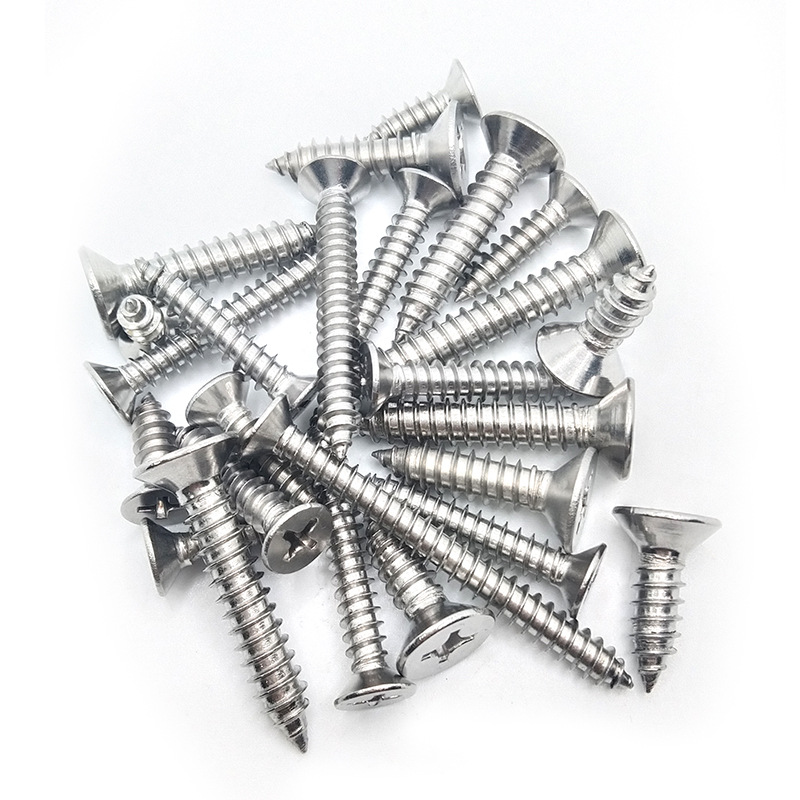

Different Types of Self-Tapping Screw Heads Explained in Detail
Th11 . 11, 2024 05:23 Back to list
Different Types of Self-Tapping Screw Heads Explained in Detail
Understanding Self-Tapping Screw Head Types
When it comes to fastening materials, self-tapping screws have become increasingly popular due to their ability to create their own holes as they are driven into a substrate. This not only enhances efficiency but also provides a secure hold for various applications. However, not all self-tapping screws are created equal; they come in different head types, each designed to cater to specific needs and functions. Understanding these self-tapping screw head types is essential for selecting the right screw for your project.
1. Pan Head Screws
Pan head screws are characterized by their rounded top and short vertical sides. They have a wide surface area, which allows them to sit flat against the material, providing better weight distribution. These screws are ideal for applications where a neat and flat finish is required. They are often used in metalworking and general repair tasks where the screw head needs to sit above the material surface while ensuring a robust hold.
2. Flat Head Screws
Flat head screws have a conical head that allows them to sit flush with the surface of the material. This type of screw is often preferred for applications where aesthetics are important, as the screw head can be countersunk to conceal it. They are commonly used in furniture assembly and cabinetry, providing a clean and finished look while maintaining a strong connection between parts.
Oval head screws combine the features of both pan head and flat head screws. They have a rounded top with a slight cone, allowing them to provide a decorative finish while also allowing for a flush installation. These screws are a great choice for applications where both functionality and appearance are important. They are often used in high-end products where visible fasteners need to complement the design.
self tapping screw head types

4. Hex Head Screws
Hex head screws feature a hexagonal head that requires a wrench or socket for installation. This design provides excellent torque, making these screws suitable for heavy-duty applications. Hex head self-tapping screws are commonly used in construction and automotive industries, where their strength and durability are essential for ensuring structural integrity.
5. Round Head Screws
Round head screws have a domed shape and are typically used in applications where the screw does not need to be recessed. They provide a larger contact area, making them ideal for securing thin materials that may be prone to cracking or deformation. These screws are often seen in electrical applications, securing junction boxes and other components.
6. Socket Head Screws
Socket head screws, or Allen screws, have a cylindrical head with a socket designed for a hex key. This design allows for a more compact fastening solution, making them suitable for tight spaces. They are often used in machinery and equipment assembly, providing a secure hold without protruding excessively from the surface.
Conclusion
The choice of self-tapping screw head type can significantly influence the outcome of your project. Each head type has its unique advantages and is designed for specific applications, from aesthetic considerations to functional strength. By understanding the different self-tapping screw head types, you can make informed decisions that enhance both the performance and appearance of your work. Whether you're engaged in DIY projects, professional woodworking, or industrial applications, selecting the right screw is crucial for achieving the desired result.
Latest news
-
Premium Fasteners Manufacturer | AI-Driven Solutions
NewsAug.01,2025
-
Hot Dip Galvanized Bolts - Hebei Longze | High Strength, Corrosion Resistance
NewsAug.01,2025
-
High-Strength Hot Dip Galvanized Bolts - LongZe | Corrosion Resistance, Custom Sizes
NewsAug.01,2025
-
Best Self Tapping Screws for Drywall - Fast & Secure Installation
NewsJul.31,2025
-
High-Strength Hot Dip Galvanized Bolts-Hebei Longze|Corrosion Resistance&Customization
NewsJul.31,2025
-
Hot Dip Galvanized Bolts-Hebei Longze Metal Products|Corrosion Resistance&High Strength
NewsJul.31,2025

